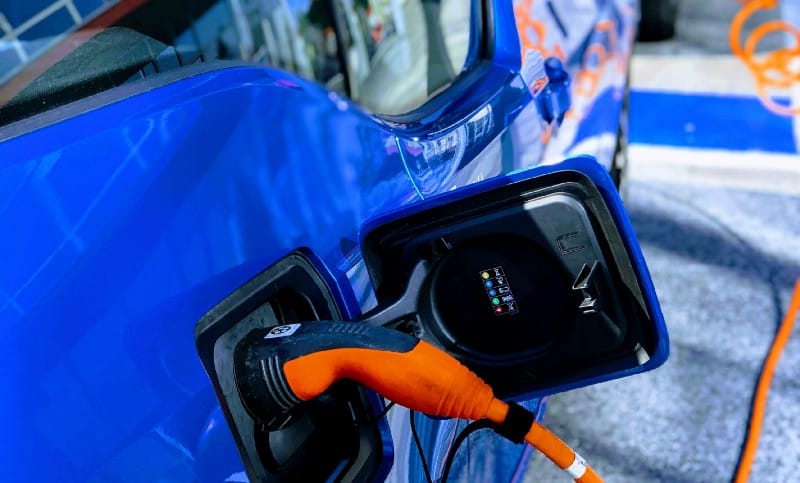EV Q&A — Do the cars cost more than petrol cars?
21 May 2019
In this series, I will answer some of the common questions about Electric Vehicles. Feel free to send me some of your own questions to answer.
There are 3 costs to consider here:
- Initial purchase price
- Fuel prices
- Maintenance costs
Initial Purchase Price
Fully electric cars are more expensive to buy than petrol/diesel cars. Price comparisons can be difficult, as the electric versions of cars tend to come with all the ‘bells and whistles’ and have more powerful motors.
New example:
- Hyundai Ionic 1.6 Hybrid DCT6 — $46,990
- Hyundai Ionic 1.6 Hybrid Elite DCT6 — $52,990
- Hyundai Ionic EV — $59,990
- Hyundai Ionic EV Elite — $65,990
Second hand example:
- TradeMe — Nissan Leaf EV 2015 — approx $18–21k
- TradeMe — Nissan Qashqai 2015 — approx $16–24k
I chose the Nissan Qashqai as it is a similar hatchback from Nissan, and there are many of them available to compare prices on TradeMe.
Fuel prices
When you drive an electric car, you consume electricity from the battery. Charging the battery is typically done at home using the same electricity that powers your house.
The price you pay per unit does differ depending on where you live. There are ways to get your electricity for less than 15c per unit, but in this example I will assume that you pay around 20c per unit (kilowatt hour).
Cost of driving 100 km on the highway
The range of our Nissan Leaf is about 150 km when driving on the open road. We have a battery capacity of 30 kilowatt-hours of which about 26 kWh is usable. This equates to (100 / 150 * 26) = 17 kWh needed to drive 100km. At 20c per unit, that’s $3.40 in the Leaf.
Our previous car was a Ford Territory 2012 diesel and on the open road, it had an economy of about 9 litres / 100 km. At current diesel prices of $1.66 per litre, that would total $14.94 to drive 100 km.
Cost of driving 100 km in the city
Like all cars, you get better fuel economy when you drive slower (less wind resistance). Our range extends to around 200 km, even when driving on Wellington’s hills. 100 km of city driving would equal $2.60 in the EV.
Our Ford Territory performed quite poorly in the city. The fuel economy drops to around 11 litres / 100 km. This equates to $18.26 for 100 km of city driving. There would also be road user charges to add on top of this. Electric cars are currently exempt from these, but they will eventually be levied. I’ll leave these out of the equation (for fairness).
Being a turbo-diesel, the Ford Territory has relatively powerful torque when compared with petrol equivalents. I believe that the average economy of a petrol SUV such as the Toyota Highlander is poor when driving on Wellington’s hills. A friend with an older Highlander mentioned city economy of 15 litres / 100 kms. That’s $33.90 at $2.26 per litre. Ouch!
Maintenance costs
We have had our EV now for about a year. Current maintenance costs are zero, although I do have an unfortunate dent that I am yet to have repaired.
We spent about $3000 on our Ford Territory in the year before we switched to electric. This reflects the costs of owning an aging diesel vehicle. Older petrol vehicles may be less costly.

Summary
You should expect to pay a little more when purchasing a new or second hand EV. But from then on, you will be saving money. The rate of savings will depend upon how much driving you do, and what the maintenance costs are of your current vehicle.
In our case, the price difference between the sale of our Ford Territory and the second hand Nissan Leaf was $7,000. We’ve saved about $1,800 in fuel prices and I suspect a similar $3,000 in maintenance costs. At this rate, we should break even sometime in the next 12 months.
But, the financial cost/savings is an insignificant reason to dispose of a petrol or diesel vehicle. The main reason is to reduce carbon emissions which have caused the ongoing climate crisis as outlined by the United Nations report.
Related posts
- Cheaper EV coming to NZ from MG
- Battery upgrades for older Nissan Leafs
- Driving from Taupo to Wellington in an EV
- Driving to Whakapapa in a Nissan Leaf
- New electric van in NZ
- EV Q&A: Sounds eco-friendly in that it doesn’t use fossil fuel, but what about the batteries?
- EV Q&A: Is it gutless on the hills?
- EV Q&A — Is this EV thing just a fad or is it here to stay? Got evidence?
- EV Q&A — If I go up a hill, do I gain power when I go down?
- EV Q&A —Charging: do you need a special plug at home?
- Traveling to Palmy in an Electric Vehicle